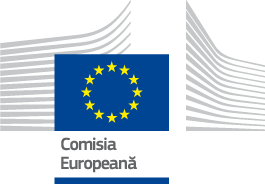The area is defined by the Ria Formosa (which covers five municipalities), a natural river system, structuring the landscape and ecological systems, which gives the Sotavento its own characteristics.
The Eastern Algarve is home to the largest wetland in southern Portugal, 11,000 hectares large stretching along approximately 60 km of coastline between Ancão (Loulé) and Manta Rota (Vila Real de Santo António). It forms a lagoon-estuarine system with a wide area of marshes, islands and channels protected by robust sand ridges, which form two peninsulas (Ancão and Cacela) and five barrier islands (Barreta, Culatra, Armona, Tavira and Cabanas).

